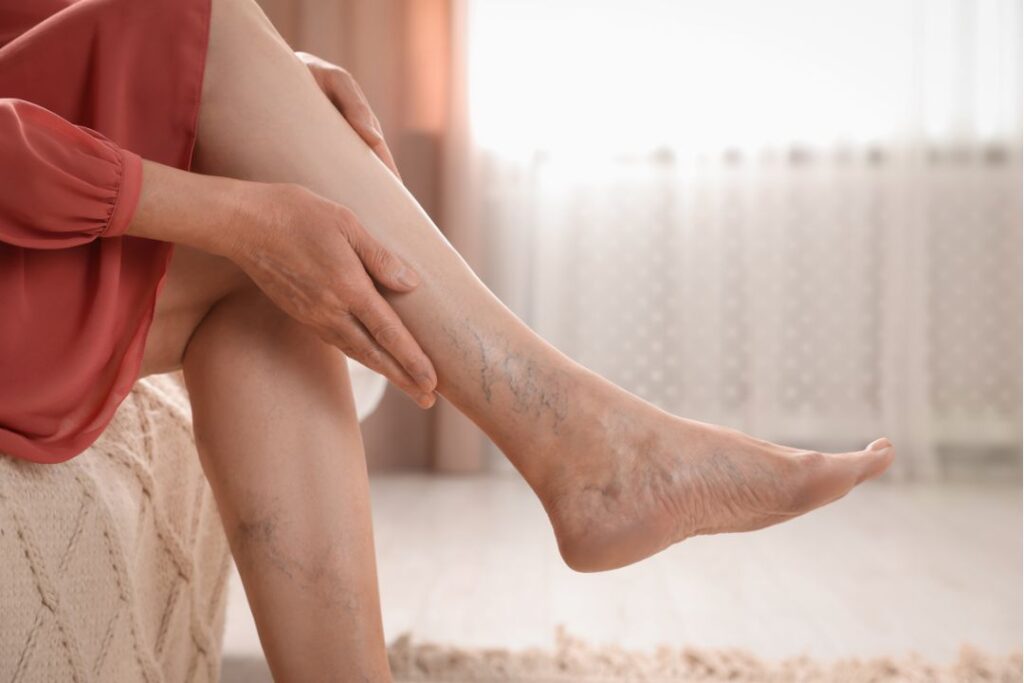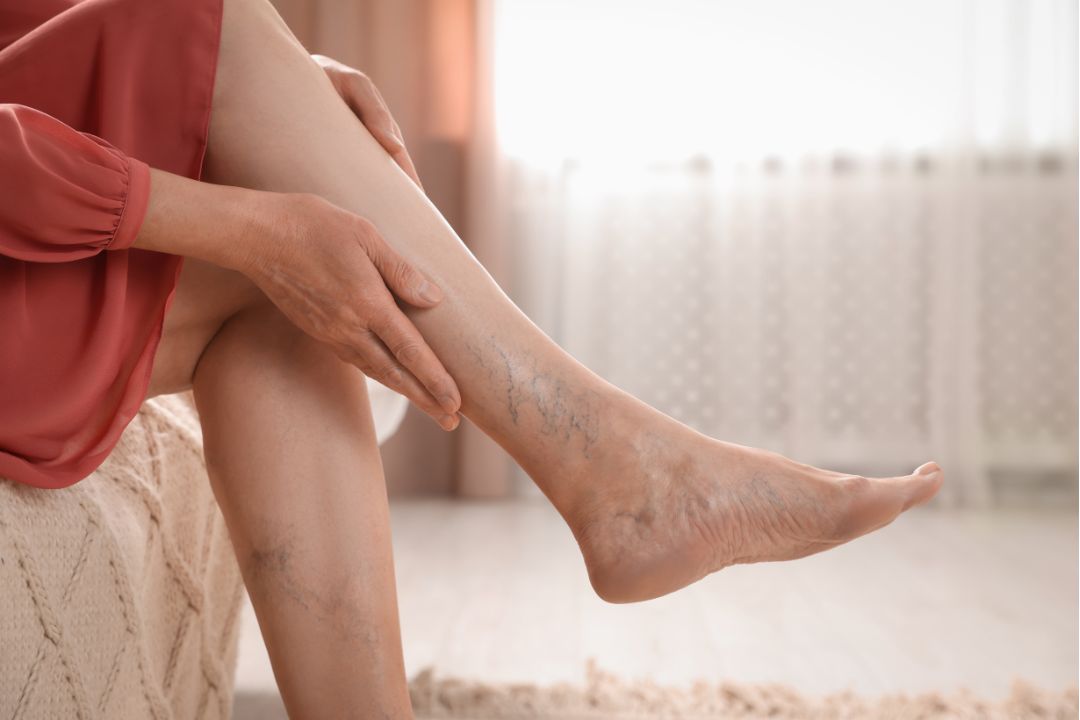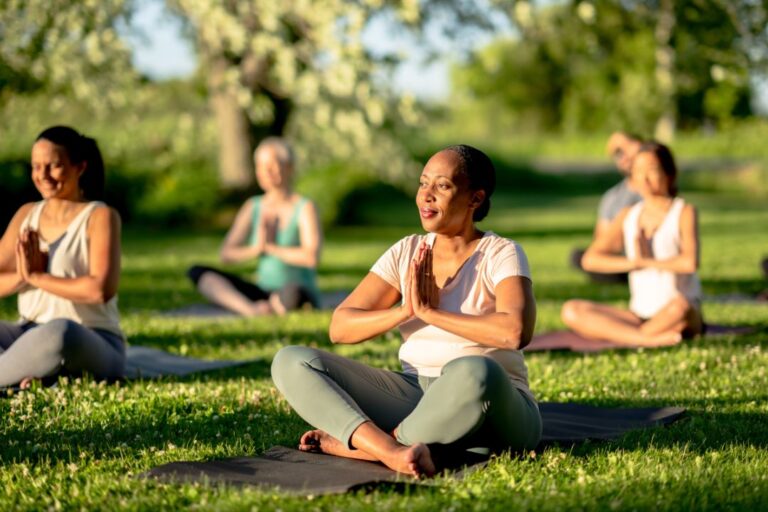Basics of Vein Health
 Vein Health Basics
Vein Health Basics
Welcome to the fascinating world of vascular wellness and the first day of our series “24 Days of Vein Health!” In this first installment, we delve into the basics of vein health, exploring the pivotal role veins play in our overall health and well-being. Veins, often overshadowed by their arterial counterparts, are the unsung heroes of our circulatory system. They work tirelessly to ensure that deoxygenated blood efficiently returns to our hearts, maintaining a balance crucial for our body’s functioning. From understanding their intricate workings to adopting lifestyle habits that keep them in top shape, this article is your go-to resource for all things related to vein health. Join us as we embark on a journey through the veins, uncovering the secrets to maintaining their health and vitality.
What Are Veins and Why Are They Important?
Veins are the highways of our circulatory system, working tirelessly to transport deoxygenated blood back to the heart. Unlike arteries, which carry oxygen-rich blood from the heart to the rest of the body, veins perform the essential task of completing the circulatory loop. They are equipped with valves that help maintain blood flow in one direction, defying gravity, especially in the legs.
The Significance of Vein Health
Healthy veins are crucial for efficient blood circulation, which in turn is essential for overall body function. Poor vein health can lead to a range of problems, from cosmetic issues like spider veins to serious health conditions like deep vein thrombosis (DVT). Therefore, understanding and maintaining vein health is key to a fit, active, and healthy lifestyle.
Understanding Vein Health
The Basics of Vein Health
Veins, composed of three layers – the intima, media, and adventitia – vary in size and function throughout the body. Their health is influenced by factors like genetics, lifestyle, and underlying medical conditions. It’s important to recognize the signs of vein issues, such as swelling, pain, or visible vein changes, as early detection can prevent more serious complications.
Common Vein Health Issues
Common vein-related problems include varicose veins, which are enlarged, twisted veins often visible under the skin, and spider veins, smaller, discolored veins that can be a cosmetic concern. More serious issues like deep vein thrombosis, where clots form in deeper veins, can have significant health implications and require immediate medical attention.
Caring for Your Veins
Daily Habits for Healthy Veins
Adopting a lifestyle that promotes good circulation is vital. This includes regular exercise, maintaining a healthy weight, and avoiding prolonged periods of sitting or standing. Simple habits like elevating your legs can significantly improve vein health.
Exercise and Vein Health
Exercises that focus on the legs, such as walking, cycling, and swimming, are particularly beneficial for vein health. They help pump blood back to the heart and keep the vein valves functioning properly. Even low-impact activities like yoga can aid in improving circulation.
The Role of Diet in Vein Health
A diet rich in fiber, antioxidants, and flavonoids is beneficial for vein health. Foods like berries, leafy greens, and whole grains can strengthen vein walls and improve circulation. Conversely, high-salt and high-sugar diets can exacerbate vein problems by increasing swelling and fluid retention.
Hydration and Its Impact on Veins
Staying well-hydrated is crucial for healthy veins. Adequate water intake helps maintain the fluid balance in the body and prevents blood from thickening, which can strain veins.
The Benefits of Compression Stockings
Compression stockings gently squeeze the legs, promoting blood flow back to the heart. They are particularly beneficial for those who stand or sit for long periods and can prevent swelling and the progression of vein disorders.
Vein Health in Different Settings
Whether you’re at work, home, or traveling, it’s important to consider your vein health. Simple changes, like taking short walking breaks, opting for healthier meals, or wearing compression stockings during long flights, can make a significant difference.
Vein Health Across Life Stages
Vein Health for Children and Seniors
Children usually have robust vein health, but encouraging active play and a balanced diet sets a foundation for lifelong vascular wellness. Seniors, on the other hand, often face more challenges due to aging veins and reduced mobility, making gentle exercises and regular check-ups important.
Managing Chronic Vein Conditions
Chronic vein conditions, such as chronic venous insufficiency, require ongoing management. This includes regular consultations with healthcare providers, personalized exercise regimens, and potentially medications or surgical interventions.
Conclusion and FAQs
Embracing Vein Health in Your Life
By understanding and taking care of your veins, you can enjoy improved overall health and well-being. Remember, healthy veins are not just about aesthetics; they’re a vital part of your body’s circulatory system and overall health.
24 Days of Vein Health
Are you ready to prioritize your vein health? Start by incorporating these tips into your daily routine and stay tuned for more insights throughout our “24 Days of Vein Health” campaign.
FAQs
- What are the first signs of vein health issues?
- Initial signs include leg pain, swelling, a feeling of heaviness, restless legs, or visible changes in the veins, such as spider or varicose veins. If you experience any of these symptoms, it’s advisable to consult a healthcare professional.
- How often should I wear compression stockings?
- For optimal benefits, wear compression stockings daily, especially if your lifestyle involves prolonged periods of sitting or standing. They are also recommended during long flights or travel to prevent DVT.
- Can diet really impact vein health?
- Yes, diet plays a crucial role. Foods rich in vitamin C, flavonoids, and fiber can strengthen vein walls and improve circulation. Conversely, diets high in salt and fat can lead to poor vein health.
- What exercises are best for improving circulation?
- Low-impact cardiovascular exercises like walking, swimming, and cycling are excellent. Yoga and leg elevation exercises also promote blood flow. Consistency is key, so choose activities you enjoy and can maintain regularly.
- How can I check my veins at home?
- Regularly inspect your legs for any noticeable changes in the veins, such as swelling, discoloration, or the appearance of spider or varicose veins. While home inspection is a good practice, it’s not a substitute for professional medical evaluations, especially if you have concerns or symptoms.







